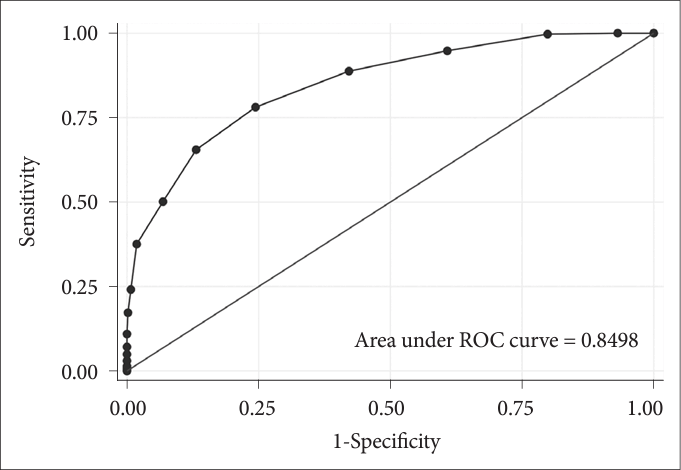1. Lacks P, Morin CM. Recent advances in the assessment and treatment of insomnia. J Consult Clin Psychol 1992;60:586-94.


2. Fetveit A, Bjorvatn B. Sleep disturbances among nursing home residents. Int J Geriatr Psychiatry 2002;17:604-9.


3. Rao WW, Li W, Qi H, Hong L, Chen C, Li CY, et al. Sleep quality in medical students: a comprehensive meta-analysis of observational studies. Sleep Breath 2020;24:1151-65.


6. Quynh TNT. [Quality of sleep and its related factors among preventive SMR medicine students at university of medicine and pharmacy of Ho Chi Minh City]. Ho Chi Minh City J Med 2016;20:2061-7 Vietmamese.
7. Linh NTK, HN Đ, Ngan PBB, Thang VV, Tu NM. [Sleep quality and its related factors among students at Hue University of Medicine and Pharmacy in 2015]. Vietnam J Prev Med 2017;27:109 Vietmamese.
8. Barman L, Mukhopadhyay DK, Bandyopadhyay GK. Use of social networking site and mental disorders among medical students in Kolkata, West Bengal. Indian J Psychiatry 2019;61:222-3.


9. Tran TK. [Stress, anxiety and depression in medical students]. Ho Chi Minh City J Med 2012;16:356-62 Vietmamese.
10. Nhị TT. [Personality traits and depression in second-year students of Bachelor of Medicine program at Hanoi Medical University, academic year 2016–2017]. J Med Res 2018;113:158-65 Vietmamese.
11. Quynh AT, Dunne MP, Ngoc HL. Well-being, depression and suicidal ideation among medical students throughout Vietnam. Vietnam J Med Pharm 2014;6:23-30.
12. Hieu TPT, Thuong CNH, Tuan HNA. [Quality of sleep and its related factors among Pham Ngoc Thach University of medicine students]. Vietnam Med J 2022;514:272-9 Vietmamese.
13. Ngoc TM, Nguyen NĐ, Lam PK, Huyen NXB, Lan TTX. Vietnamese version of the Pittsburgh Sleep Quality Index. Ho Chi Minh City J Med 2014;6:664-8 Vietmamese.
15. Nguyễn Ân, Nguyen N, Bui M, Le M, Vo N, Hoang N, et al. Application of the Beck Depression Inventory–II, Zung Self-Rating Anxiety Scale và Pittsburgh Sleep Quality Index on student of School of Medicine–Vietnam National University Ho Chi Minh City: a pilot study. VNUHCM J Health Sci 2021;2:323-9.
16. Berger AM, Higginbotham P. Correlates of fatigue during and following adjuvant breast cancer chemotherapy: a pilot study. Oncol Nurs Forum 2000;27:1443-8.

17. Espie CA, Inglis SJ, Harvey L. Predicting clinically significant response to cognitive behavior therapy for chronic insomnia in general medical practice: analysis of outcome data at 12 months posttreatment. J Consult Clin Psychol 2001;69:58-66.

18. Suleiman KH, Yates BC. Translating the insomnia severity index into Arabic. J Nurs Scholarsh 2011;43:49-53.


19. Buysse DJ, Reynolds CF 3rd, Monk TH, Berman SR, Kupfer DJ. The Pittsburgh Sleep Quality Index: a new instrument for psychiatric practice and research. Psychiatry Res 1989;28:193-213.


20. Doi Y, Minowa M, Uchiyama M, Okawa M, Kim K, Shibui K, et al. Psychometric assessment of subjective sleep quality using the Japanese version of the Pittsburgh Sleep Quality Index (PSQI-J) in psychiatric disordered and control subjects. Psychiatry Res 2000;97:165-72.


22. Setyowati A, Chung MH. Validity and reliability of the Indonesian version of the Pittsburgh Sleep Quality Index in adolescents. Int J Nurs Pract 2021;27:e12856.


23. Lund HG, Reider BD, Whiting AB, Prichard JR. Sleep patterns and predictors of disturbed sleep in a large population of college students. J Adolesc Health 2010;46:124-32.


24. Tsai YL, Chen CW, Cheng HC, Chang CH, Chen CY, Yang CM. Cognitive and behavioral factors in insomnia comorbid with depression and anxiety. Sleep Biol Rhythms 2013;11:237-44.



